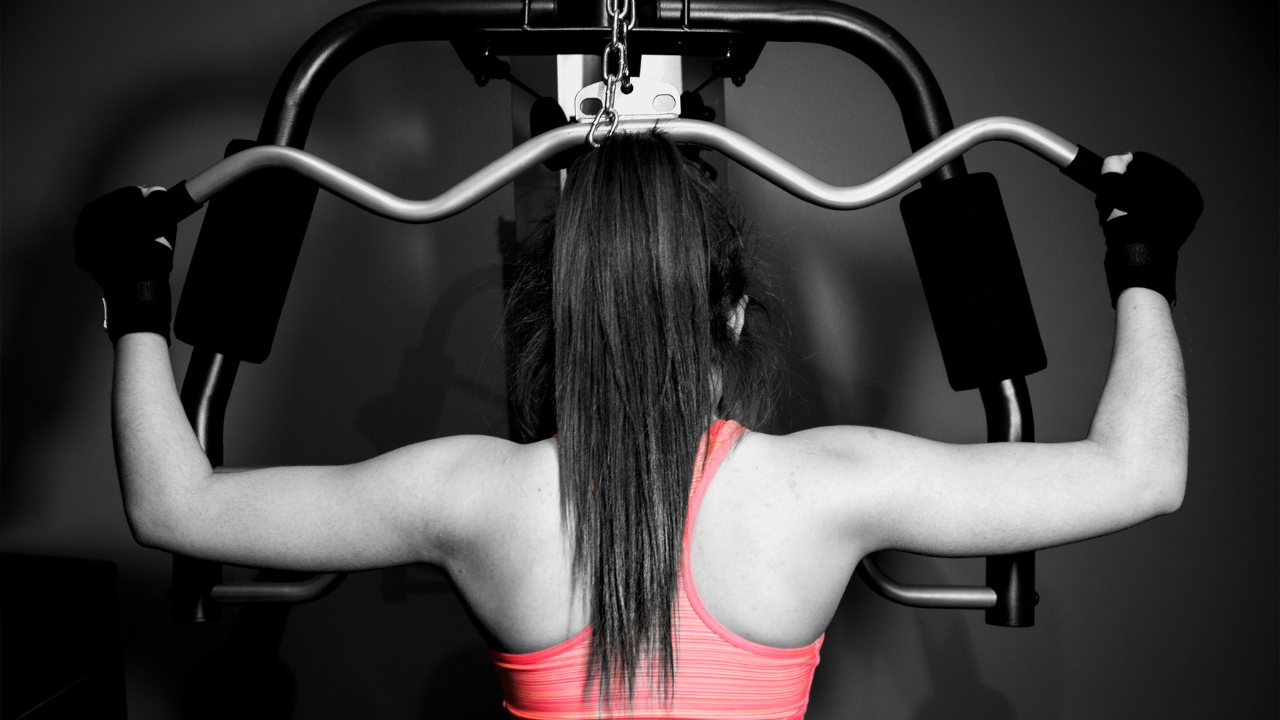
The Right Weights To Get Stronger
Mar 06, 2019So, you’ve finally decided to get on the weight training bandwagon. Good for you. You know that weight training will boost your metabolism, make it easier to lose weight, maintain lost weight, strengthen your bones, decrease belly fat, and give you a ROCKin’ hard body. But you’re confused. One trainer says you should you lift heavier weights with less repetitions, but another claims that lighter weights and more reps is better? Who’s right?
Well, they both are, but for different reasons.
Go Heavy
If you want to get toned and improve your muscle strength, then it’s time to hoist heavier weights. Choose a weight that you can lift for 6-8 reps and make sure to do 3-4 sets of each move. Researchers have found that when you lift heavier weights at lower repetitions, you burn twice as many calories in the two hours post-workout compared to lifting a lighter weight for 15 reps. You want to choose a weight that’s 85% of the maximum weight you can lift if you were doing only one repetition. For example, if you can do only one biceps curl at 20 pounds, then choose a 17 pound dumbbell for your workout. If you choose a weight that’s too light, you won’t challenge your muscles enough to get the best results.
Lifting weights that are heavier will not bulk you up. In order to achieve that, you have to also consume a high-calorie diet and a commit to a long-term power-lifting training program. If your goal is to be toned and lean, then create a calorie deficit through sensible clean eating and regular workouts, incorporating heavier weights.
Lighten up
While it’s important to develop muscle strength by lifting heavier weights, you also want to improve muscle endurance, which is done by lifting lighter-moderate weights at a higher number of reps. Choose a weight that’s about 50% of the maximum you can lift for one rep. Muscle responds to resistance, so if it’s too light, you won’t see results.
The Bottom Line
A good weight training program alternates periods of heavy lifting with lighter weights. Every 30 days you should be changing up your weight training program. This keeps the stress on the body in a constant state of change, which not only avoids overuse injuries, but prevents your body from becoming so well trained at a specific workout pattern. A switch-up enables your body to continue burning the maximum calories it can.
If you’re like the typical woman who follows the usual “3 sets of 12-15 reps”, spend the next month lifting a heavier weight (6-8 reps, 3-4 sets). The following month, switch back to 3 sets of 12-15 reps. Continue switching every month and we guarantee you’ll see some amazing results!



